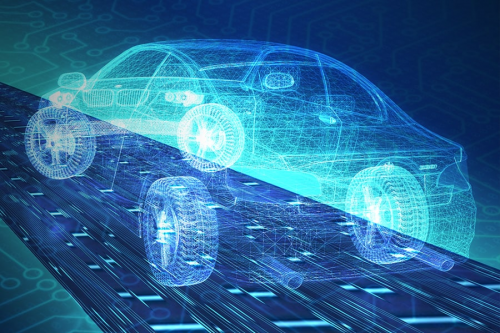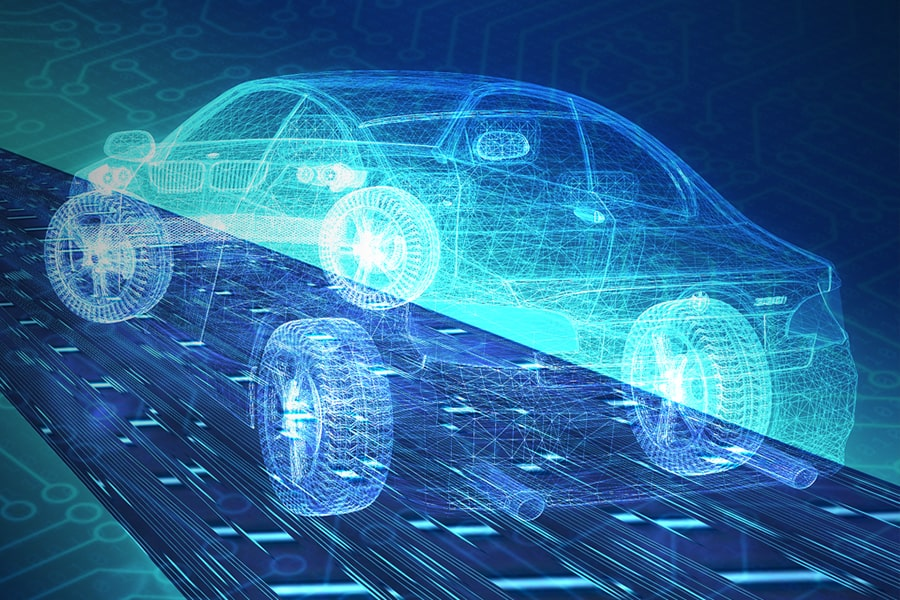Electric vehicles and the data deluge
The integration of electric vehicles and autonomous driving technology has greatly promoted the data generation and exchange of vehicle systems. In this process, data integrity and security have become core concerns. The dual needs of power transmission and data circulation have prompted the continuous evolution of electrical and electronic connector industry standards to cope with the growing data volume and electromagnetic compatibility challenges.

Sensor Networks for Autonomous Driving Technology
Self-driving cars rely on sensors throughout the car body to perceive the environment and make decisions. The massive amount of data generated by these sensors needs to be transmitted to the processing unit efficiently and securely. The development of the single-pair Ethernet protocol provides technical support for this, enabling high-speed interconnection between sensors and laying the foundation for the realization of autonomous driving functions.
Electrification Trends and Architecture Innovation
The rise of electric vehicles has prompted automakers to rethink the vehicle electrical/electronic architecture. In order to cope with problems such as battery weight and the increase in the number of cables, regional architecture has been widely adopted. This architecture effectively reduces vehicle weight, reduces costs, and simplifies the production process by reducing the number of cables and optimizing the layout. For example, in the driver’s door area, the regional controller centrally manages the communication of various devices, improving the integration and efficiency of the system.
Multiple considerations for connection reliability
The complex and ever-changing operating environment of automobiles places extremely high demands on the reliability of the connection system. From environmental factors, application requirements to mechanical strength and electrical performance, every aspect needs to be carefully designed and rigorously tested. For example, the connector needs to be resistant to high temperatures, moisture, and vibration to adapt to harsh working conditions; at the same time, its electrical parameters need to meet standards such as voltage, current, and electromagnetic shielding to ensure the stability and security of data transmission.
Regulatory compliance and standard guidance
In the field of electric vehicles and autonomous driving, compliance with relevant regulations and standards is crucial. This is not only related to product compliance, but also directly affects market acceptance and consumer trust. Therefore, automakers need to pay close attention to the latest developments of international and regional automotive standards organizations to ensure that product designs comply with various regulations. At the same time, with the continuous advancement of technology and the increasing maturity of the market, new connection standards will continue to emerge, leading the industry to a higher level of development.
Continuous innovation and response to challenges
Faced with the rapid development of electric vehicles and autonomous driving technology, the innovation of connection standards has become one of the key factors in promoting the progress of the industry. KONNRA Connectors continues to invest in R&D resources to improve the performance and quality of the connection system; at the same time, it strengthens exchanges and cooperation with international peers to jointly promote the formulation and improvement of industry standards. Only in this way can we ensure that electric vehicles and autonomous driving technologies can be more widely used and developed on the basis of safety and reliability.










